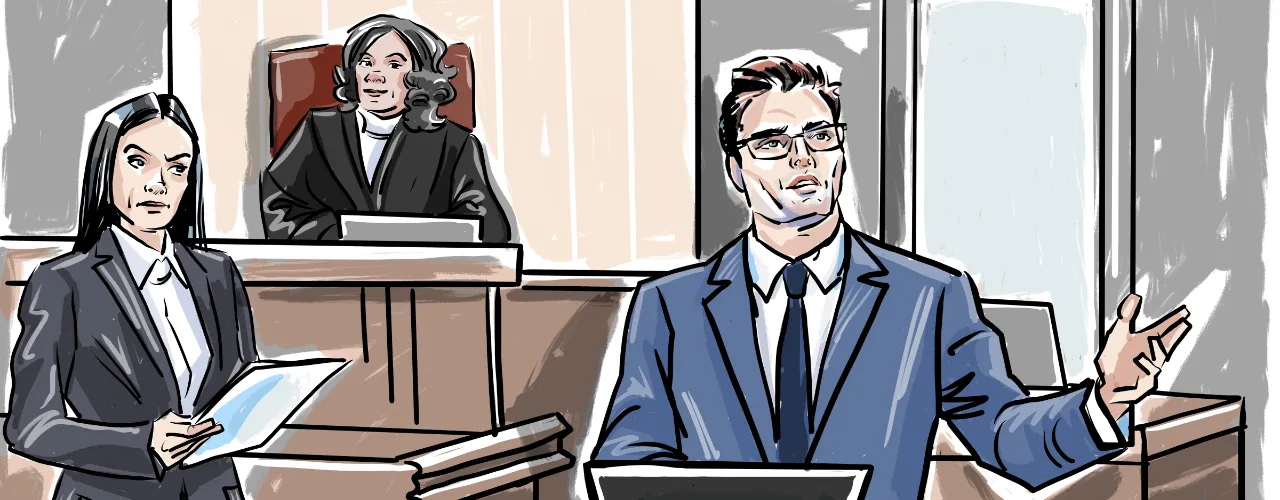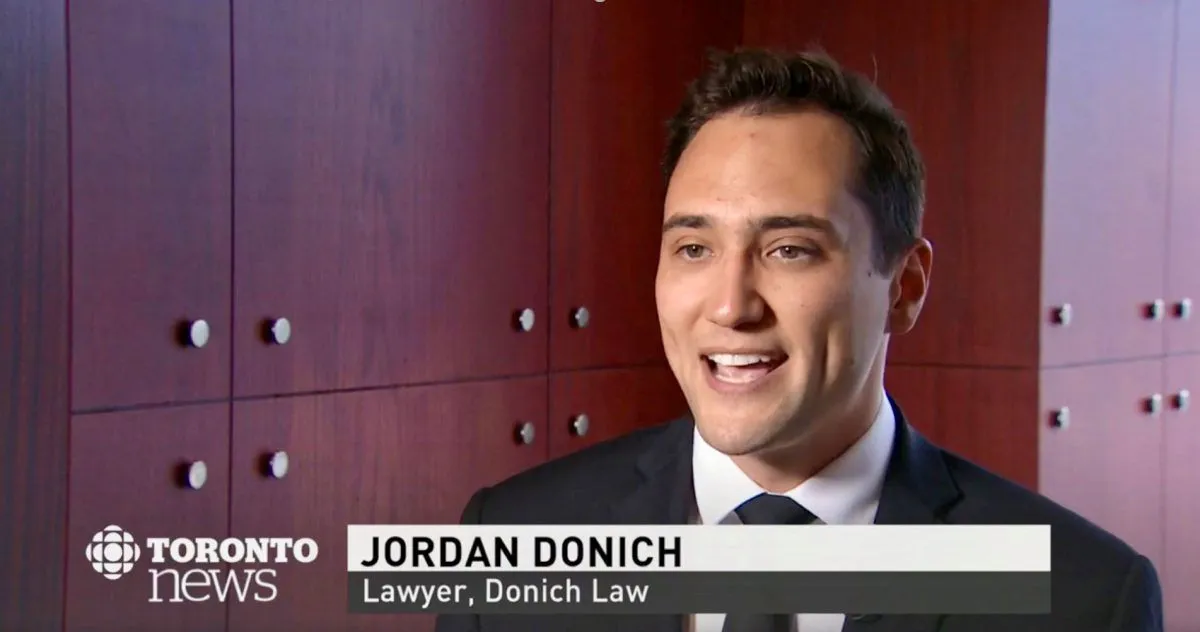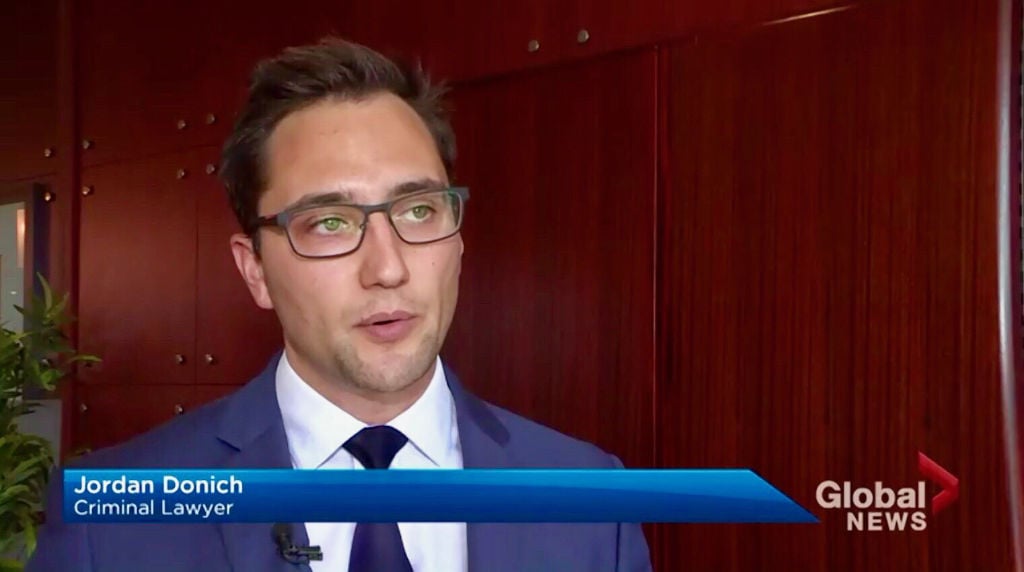
Defend Child LURING Charges
Crime Statistics
Child Luring charges are some of the most serious offences in Canada. As a general rule, the Crown is required to seek upper reformatory penitentiary time. Only in exceptional circumstances can courts deviate from this mandate. As technology has become more readily accessible, especially with young people, online sex offences against children have continued to rise.
Courts have been sending a strong message that anyone convicted of child luring will face significant custody and the sex offender registry. Statistics Canada collects data on the changing demographics associated with this offence.
Our Experience
Child luring is considered a sexual offence in Canada and is treated very seriously by the courts. Those charged with child luring face serious penalties upon conviction including being forced to register as a sex offender for at least a decade. Those convicted will almost certainly face a period of custody as a result, and in some cases, a significant period of custody. An individual is guilty of child luring if they have used a telecommunication device to speak with a minor to facilitate the commission of a sexual offence involving the minor. For example, an accused who speaks with a 14-year-old online for the purposes of meeting that young person to engage in sex is guilty of child luring. That is because a 14-year-old cannot legally consent to sexual activity with an adult, meaning the adult in the scenario has also committed another sexual offence if they engage in sexual activity with the child.
Child luring offences comprise a significant portion of the child exploitation crimes committed online in Canada. In some cases, an accused may communicate with a minor in an attempt to meet the minor and engage in sexual activity personally. In other cases, the accused may attempt to meet the minor to traffic the minor for sexual services to other individuals. When determining the appropriate sentence for an individual convicted of child luring, the court will consider any aggravating factors in the case.
In 2021, the Firm represented an individual caught in an undercover sting involving an undercover officer posing as a young girl online in R. v. P.E. [2021]. A common police tactic to catch alleged child predators online is to have officers pose as a young person online and engage with adults who contact them. The accused and undercover officer began chatting on a website called Locanto where the conversations eventually turned sexual in nature, with the accused sending inappropriate photos to the undercover officer. After some time, the pair arranged to meet, and the accused was placed under arrest when he arrived on scene. He was subsequently charged with making sexually explicit material available to a child and child luring. The Firm launched an entrapment defence, arguing that the undercover officer had improperly presented the accused with an opportunity to commit an offence. The argument led to the luring charges being withdrawn.

- Toronto Star: Pornhub and Revenge Porn.
- Toronto Star: New Corporate Liability for Child Pornography in Canada.
- Toronto Star: Police Power and Social Media Companies.
- Global News: Can an airline tell you to stop recording and delete a cellphone video?
- Métro Montréal: Avec le temps chaud, il n’y a pas que le mercure qui grimpe: le nombre de cas de voyeurisme aussi.
- CityNews: As the temperatures outside get warmer, police say the reported number of cases of voyeurism tend to rise.
- VICE News: An Image Site is Victimizing Women and Little Can be Done.


Donich Law has experience defending individuals charged with luring occurring in a wide variety of circumstances. We have represented individuals wrongfully accused of child luring, those who were engaging with young people online, and those who believed they were speaking with a minor but were actually speaking with an undercover police officer. We have achieved positive results for clients in all situations, employing various legal strategies tailored to suit each case.
In 2016, the Firm defended a client caught in a high-profile child luring case in R. v. A.H. [2016]. The accused, a TTC driver, was charged with nine offences including various sexual offences and luring. The driver was arrested after the parents of a minor alleged that the accused had arranged to meet their child. Further complicating matters, the parents alleged that the driver was on duty at the time he was to meet with the young person. After his arrest, the involved young person came forward and indicated that the information the police had received was not completely accurate. The complainant hired a lawyer of their own who worked alongside the Firm to present a united defence to the Crown. Successfully weakening the Crown’s case by having important evidence excluded, the Firm secured the withdrawal of all the sexual offences and resolved the matter without a criminal record for the accused.
Online Sex Offence are on the Rise in Canada
In 2022, the Firm represented an individual accused of attempting to lure young people online for sex for years or even decades in the case of R. v. T.T. [2022]. The accused was arrested after police flagged his online activity and secured a search warrant for his residence. Upon executing the warrant, officers seized various electronic devices which were subsequently searched by forensic experts. The search uncovered child pornography as well as conversations where the accused was posing as a minor to engage with other minors online. He was charged with a total of ten sex offences including child pornography and child luring. Given the nature of his actions and length of time he had been engaging in this type of behaviour, the Crown treated him as a dangerous offender and sought a significant period of time in prison. The Firm exploited Crown delay in the case, successfully launching an 11(b) Charter challenge and securing the withdrawal of the majority of the charges against the accused. The Firm was able to avoid a lengthy period of custody on the remaining charges.
If you have been charged with child luring or a related offence it is important to seek legal counsel as soon as possible. Given the nature of the offence and the serious consequences that will result from a conviction, it is important for accused individuals to have a full and thorough understanding of the law on child luring, as well as an understanding of the rights and obligations of the accused.
Law Newbie is a free AI research assistant that can help you safely answer questions about criminal law.




Frequently Asked Questions
What Is the Process of Getting Disclosure?
Access to disclosure is a fundamental right of the accused and the defence. The Crown must disclose and provide all materials and information in its possession or control that are important to the case. Based on principles of fundamental justice, the doctrine of disclosure gives the defence the right to know the case to meet and the right to make a full answer.
Disclosure processes vary from office to office, depending on the local Crown. It is advisable to retain a lawyer who can communicate with the Crown on to receive disclosure. As disclosure may take a long time due to procedural delays, it may be released months after the accused is charged. The lawyer will usually connect with the Crown on disclosure issues, and any pursuant steps after disclosure was received.
What If I Never Met the Child in Mississauga?
It does not matter if the accused met the child or not. The act of child luring is using telecommunication to facilitate an offence. Often, the child lurer is caught in a sting operation by law enforcement. The “child” that the accused was supposed to meet may be a law enforcement officer posing as an underage person for an operation and not a real person at all.
Child luring is an extremely serious offence. In R. v. Friesen, [2020] 1 SCR 424, the Supreme Court of Canada ruled that deterrence and denunciation are the primary sentencing principles for any child-related sexual offence. This means that the primary sentencing principles in child luring cases aim to deter offenders from ever committing the crime in the first place. Sentencing is often very harsh for child luring, and the maximum penalty for a summary election is two years less a day incarceration. If the Crown election was an indictable election, the accused may be subject to a maximum of 14 years in prison. The minimum penalty for child luring is 90 days incarceration if there is a summary election, and one year incarceration if there is an indictable election.
Common Defences for Child Luring?
One available defence for child luring is an honest but mistaken belief in the age of the complainant. If the accused honestly believed that the person they were communicating with was an adult, they may be able to successfully advance this defence. The Crown must prove beyond a reasonable doubt that the accused did not take sufficient steps to ascertain the complainant’s age. This can happen in situations where a minor may say that they were older, or that they never discussed the age. A mistaken belief in age cannot be a defence if the accused did not take reasonable steps to determine the age of the person.
Entrapment is another common defence. This defence may not receive an acquittal but may result in a stay of proceedings. This is when law enforcement incites the accused to commit a crime by providing them with an opportunity. This meant that the accused did not form criminal intent independently and should not be held liable. This defence is available if the authorities either (1) provide an opportunity to commit a crime without reasonable suspicion that the accused could or is already engaged in criminal activity, or (2) provide an opportunity to commit a crime without acting in good faith, or (3) despite having reasonable suspicion or acting in good faith, the police committed an abuse of process by going above and beyond providing an opportunity and inciting the commission of an offence.
What if I Was Speaking with an Undercover Police Officer?
It is common for police to go online and pose as children, and many child luring offences are charged in sting operations. For a conviction, the Crown must prove that the accused believed they were speaking with a minor. They must prove that the accused intentionally used a telecommunication device to speak with a minor for the purposes of facilitating a certain criminal offence, depending on the age of the complainant.
If the accused believed they were speaking with a minor, it does not matter that the complainant was actually an officer. As long as the Crown can prove that the accused subjectively believed they were speaking with a minor, the accused will be convicted of luring.
What if the Child Told Me They Were of Legal Age? What if their Profile Said they Were Over the Age of 18?
If the minor lied about their age, or the defendant did not know their specific age, the defence of mistaken belief of age may apply. Mistaken belief of age is a defence available for some sexual offences involving minors. It is not a defence unless the accused took reasonable steps to ascertain the age of the person or complainant. The accused cannot be willfully blind as to the complainant’s true age.
Many online social media websites have an age requirement that is easily circumvented. When raising the defence of mistaken belief in age, the Court will consider the “air of reality” the defence has. Meaning, the Court will consider how believable it is that the accused truly was ignorant to the true age of the minor. They will consider several factors, such as: the knowledge of the minor, the physical appearance, the age and appearance of the minor’s friends and associates, the age differential between the accused and the complainant, the complainant’s demeanor, the time and location of the alleged criminal action, and any other relevant times and places. The less familiar the parties are with each other; the more steps are required to confirm both the age, and consent to sexual activity.
Recent Cases
R. v R. C, 2023 ONSC 2589
In the Ontario Superior Court of Justice case of R. v. R. C, the accused was charged with six counts: one count of sexual interference, one count of invitation to sexual touching, one count of luring, one count of sexual assault, one count of making child pornography, and one count of possession of child pornography. The accused was a friend of the complainant’s mother.
In their decision, the Court considered the onus on the Crown. To prove luring, the Crown must prove beyond a reasonable doubt that the telecommunication was intentional, the accused believed the complainant was under the age of 16, and the telecommunication was for committing an offence. Facebook messages between the complainant and the accused were admitted into evidence. In one of the messages, the complainant said that she was in grade ten. The accused was ultimately convicted of luring.
R. v King, 2023 ONSC 2305
In the Ontario Superior Court of Justice case of R. v. King, the accused was charged with 11 offences related to over 45,000 files of child pornography. The accused pled guilty to: one count of making available child pornography, one count of possession of child pornography, one count of voyeurism, one count of exposing genitals to a child under sixteen years old, one count of luring under 18, and one count of luring under 16.
The accused’s devices were seized by authorities, and the police discovered several communications with underage girls. The accused sent the girls images of child pornography in exchange for more child pornography. As child pornography is one of the facilitated offences enumerated in section 172.1(1) of the Criminal Code, it constituted luring of persons under 18. In addition, numerous other communications were with girls under 16. He sent the girls pictures of his penis, requesting child pornography in return. The accused was sentenced to six years in prison and was recommended to a facility that would provide him with treatment; along with ancillary orders such as a DNA sample and a SOIRA order, and a s. 161(1) order for 20 years.
R. v. Pathmanathan, 2023 ONCJ 142
In the Ontario Court of Justice case of R. v. Pathmanathan, the accused pled guilty to 39 sexual offences related to eight victims under the age of 15. He also pled guilty to possessing and accessing child pornography. The accused was charged with: luring a child under 18, luring a child under 16, invitation to sexual touching, making child pornography, making explicit material available to a child, criminal harassment, voyeurism, extortion, and transmitting child pornography.
An agreed statement of facts stated that the accused had engaged in online sexual abuse, victimization, and exploitation of eight children. The Court found that the accused “sought to control, degrade, humiliate, and dehumanize his victims.” The conversations between the accused and his victims were controlling and cruel, several victims filed a victim impact statement. The accused was sentenced to 9 years, in addition to ancillary orders such as a section 161(1) order, a SOIRA order, and a DNA order.













